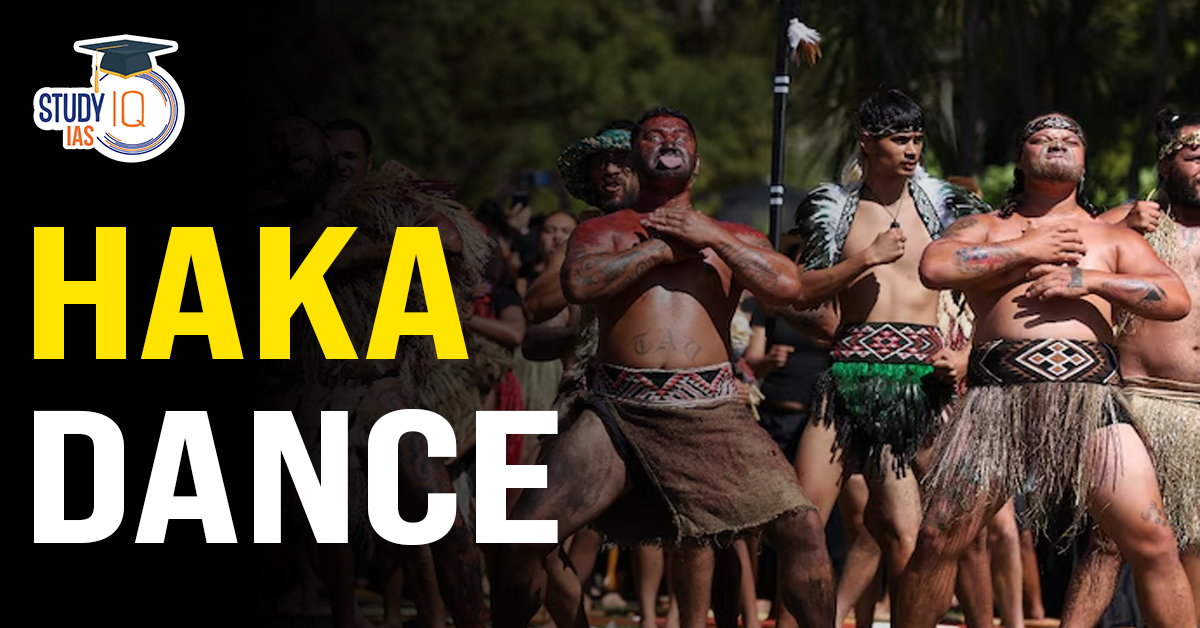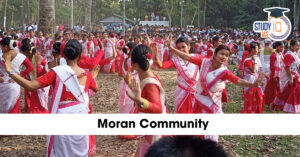Haka Dance
The haka is a traditional Māori war dance, a powerful and energetic performance that showcases cultural pride, strength, and unity. It’s often performed by a group of people, typically men, but women and children can also participate.
- It is a traditional war dance or challenge performed by the Māori people of New Zealand.
- Historically, it was used by Māori warriors to prepare for battle, intimidate opponents and celebrate victories.
Recently it was performed in the New Zealand Parliament by a member from Indigenous community while staging a protest against a contentious bill.
One of the most famous haka is the “Ka Mate,” often performed by the New Zealand All Blacks rugby team before matches. It’s a powerful and intimidating display that sets the tone for the game.
Key Elements of the Haka:
- Purpose and Symbolism:
- Traditionally performed before battles to intimidate opponents and boost the morale of warriors.
- It can also be performed at celebrations, funerals, or to honor special guests.
- The haka is a way of showcasing strength, unity, and identity.
- Movements and Expressions:
- The dance involves vigorous actions, including:
- Stamping feet.
- Slapping thighs and chests.
- Widening eyes and sticking out the tongue (pūkana), symbolizing defiance or aggression.Synchronization is crucial, reflecting teamwork and community.
- The dance involves vigorous actions, including:
-
- Chanting and Vocalization:
- The haka features rhythmic and powerful chanting.
- The words tell a story, express emotions, or convey a message, often in the Māori language.
- Types of Haka:
- War Haka (Peruperu): Performed by warriors, featuring weapons and aggressive movements.
- Ceremonial Haka (Ka Mate): The most famous haka, composed by Te Rauparaha in the 1820s, often performed by New Zealand’s rugby team, the All Blacks.
- Celebratory Haka: Performed at weddings, birthdays, or to welcome dignitaries.
- Modern Significance:
- Widely recognized as a cultural symbol of New Zealand.
- It is performed globally at sporting events, cultural festivals, and other occasions.
- It serves to honor Māori heritage and share their traditions with the world.
Significance
- The haka holds immense cultural significance for the Māori people. It’s a symbol of their identity and heritage, and it continues to be performed at various occasions, including sporting events, cultural ceremonies, and funerals.
- The haka is not just a dance; it’s a cultural expression that embodies the spirit and resilience of the Māori people. It’s a captivating performance that leaves a lasting impression on anyone who witnesses it.


 Poompuhar Port: Ancient Sangam-Era Marit...
Poompuhar Port: Ancient Sangam-Era Marit...
 UNESCO World Heritage Sites of India Lis...
UNESCO World Heritage Sites of India Lis...
 Moran Community of Assam, History, Langu...
Moran Community of Assam, History, Langu...

























